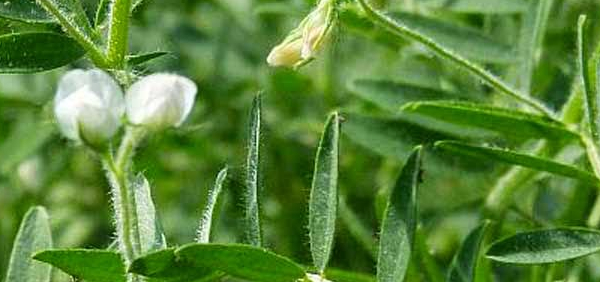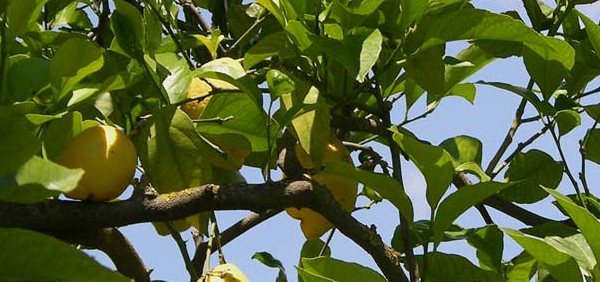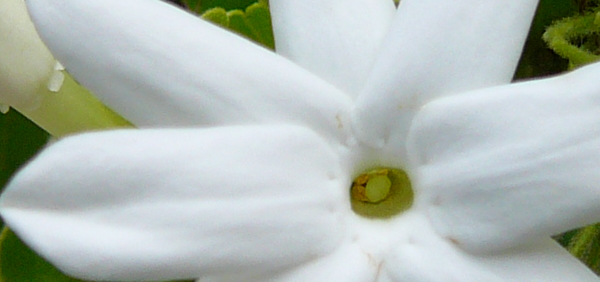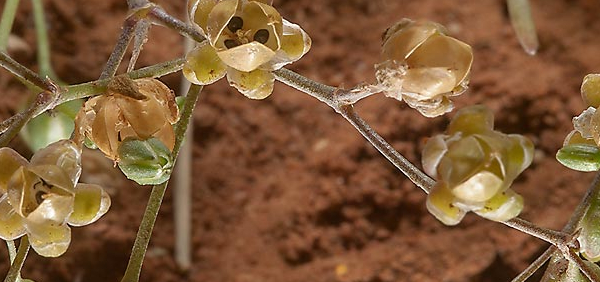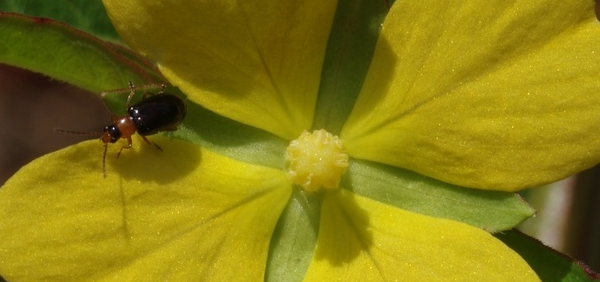babbula :
 Acacia nilotica has a wealth of medicinal uses. It is used for stomach upset and pain, the bark is chewed to protect against scurvy, an infusion is taken for dysentery and diarrhoea. In Nigeria it is one of the standard drugs for treating diarrhoea. It has also been used to eliminate stomach worms, as an antiseptic for open wounds and as an expectorant for treating coughs. The species has also been used in veterinary medicine, for example as a molluscicide to reduce liver-flukes in cattle. The pods are desirable as fodder for cattle, and the leaves, young shoots and young pods are thought to aid milk production.
Acacia nilotica has a wealth of medicinal uses. It is used for stomach upset and pain, the bark is chewed to protect against scurvy, an infusion is taken for dysentery and diarrhoea. In Nigeria it is one of the standard drugs for treating diarrhoea. It has also been used to eliminate stomach worms, as an antiseptic for open wounds and as an expectorant for treating coughs. The species has also been used in veterinary medicine, for example as a molluscicide to reduce liver-flukes in cattle. The pods are desirable as fodder for cattle, and the leaves, young shoots and young pods are thought to aid milk production.Taxonomical Classification
VERNACULAR NAMES
English: black babul, babul tree, Indian Gum Arabic treeHindi: Babul
Malayalam: Karivelam കരിവേലം
Synonyms
Synonyms in Ayurveda: babbula, babul, yugalaksha, kantalu, tikshakantak, goshrunga, dirghakanta, ajabhaksha, sukshmapatra, kashay, Barbara, VavariRasa: Kashaya Madhura
Guna: Guru Ruksha Vishada
Veerya: Sheetha
Vipaka: Maduram
Parts used for medicinal purpose
Bark, Gum, ,Morphology:
A small to moderate sized thorny tree grows up to 10 meters in height. Leaves bipinnate, main rachis downy, pinnate 4-9 pairs, leaflets subsessile, 10-18 pairs; flowers golden yellow found in heads, axillary, fruits stalked, compressed, with constrictions between seeds. Seeds 10-12 per pod. Gum arise from the bark is called Gum Arabic.Geographical distribution:
Throughout India growing wild in deciduous forests.Therapeutic Uses:
Plant pacifies vitiated kapha, pitta, pyorrhea, stomatitis, wounds, hemorrhage, ulcers, dysentery, diarrhea, skin diseases, burning sensation, cough, and dental caries.- » Classification and names of babbula
- » Synonyms and definitions of babbula
- » Drug Properties of babbula
- » Chemical Constituents of babbula
- » Standardization of babbula
- » Parts used and Dosage of babbula
- » Morphology and Histology of babbula
- » Distribution and Conservation of babbula
- » Cultivation of babbula
- » babbula in the market
- » Medicinal Uses of babbula
- » Researches and clinical trails of babbula
- » babbula in other sytems of medicine
- » Ayurvedic formulations with babbula
- » Images of babbula




